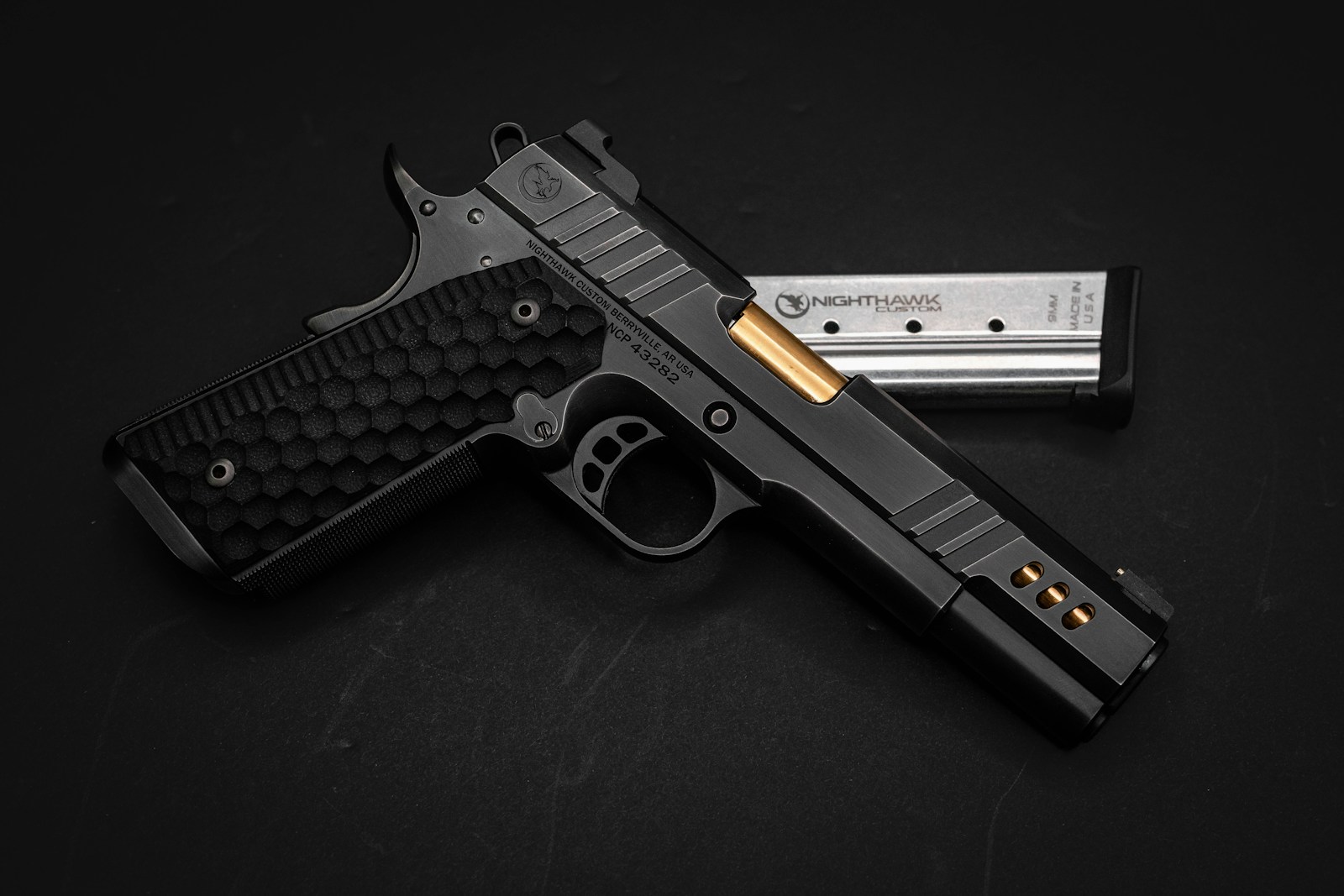The revised regulation aims to make import and export of firearms in the EU more transparent and more traceable, reducing the risk of trafficking. Under the updated and more harmonised rules, all imports and a vast majority of export of firearms for civilian use will be subject to closer supervision without compromising trade.
Electronic licensing
The rules set up an EU-wide electronic licensing system (ELS) for manufacturers and dealers, replacing the predominantly paper-based national ones. Competent authorities will have to check the central system, containing all refusals, before granting an import or export authorisation. Member states will either adopt this electronic system, or integrate their national digital ones into the ELS to ensure better oversight and information-sharing among authorities. The Commission will establish the ELS within two years and member states will have four years to input all the required data and connect their systems.
Annual reporting
To increase transparency, EP negotiators secured the requirement for the Commission to compile an annual public report, based on national data, on the import and export of firearms for civilian use. The report should include, among other things, the number of granted import and export authorisations, their customs value at EU level, and the number of refusals and seizures.
EU marking and temporary movements
The revised regulation would also make it mandatory for dealers and manufacturers to mark imported guns and their essential components sold on the EU market. This will improve traceability and avoid so-called “ghost guns”, firearms reassembled with non-marked components.
Quote
Bernd Lange (S&D, DE), Chair of the International Trade Committee and rapporteur, said: “There are still inadequate controls on the import and export of handguns, i.e. pistols and rifles. In Latin America for instance, many illegal activities and shootings use handguns smuggled in from Europe; revising the inadequate rules was more than overdue. For exports in particular, Parliament ensured that all firearms for civilian use will fall under the new rules and improved the control mechanisms. The electronic monitoring system will also make the end use of firearms more transparent and more traceable. As in the Dual use regulation, these mechanisms are key to ensuring transparency when trading sensitive goods and restricting misuse.”
Next steps
Parliament and Council will now both have to give their final green light to the provisional agreement. The regulation will enter into force after being published in the EU’s Official Journal.
Background
Following the terrorist attacks in Europe over the last decade, and in an effort to fight organised crime more effectively, the Commission presented, in October 2022, a proposal to update the EU regulation on import, export and transit measures for firearms. Currently, there are an estimated 35 million illicit firearms owned by civilians in the EU, corresponding to 56% of the estimated total of firearms, and around 630 000 firearms are listed as stolen or lost in the Schengen Information System, according to the Commission.
There is no link between the revision of this legislation and the export of firearms for military purposes to Ukraine.
Source link
source link eu news











